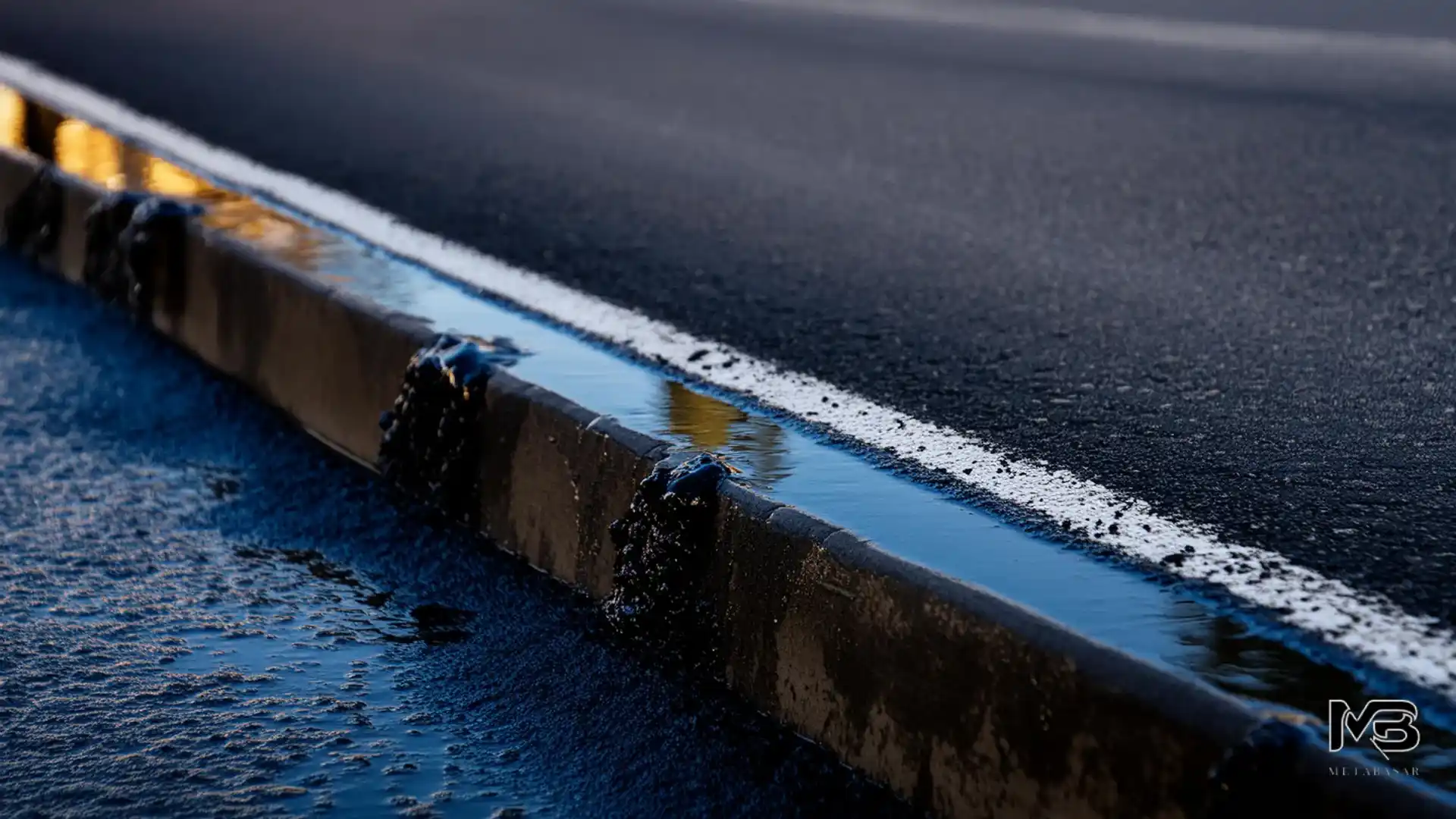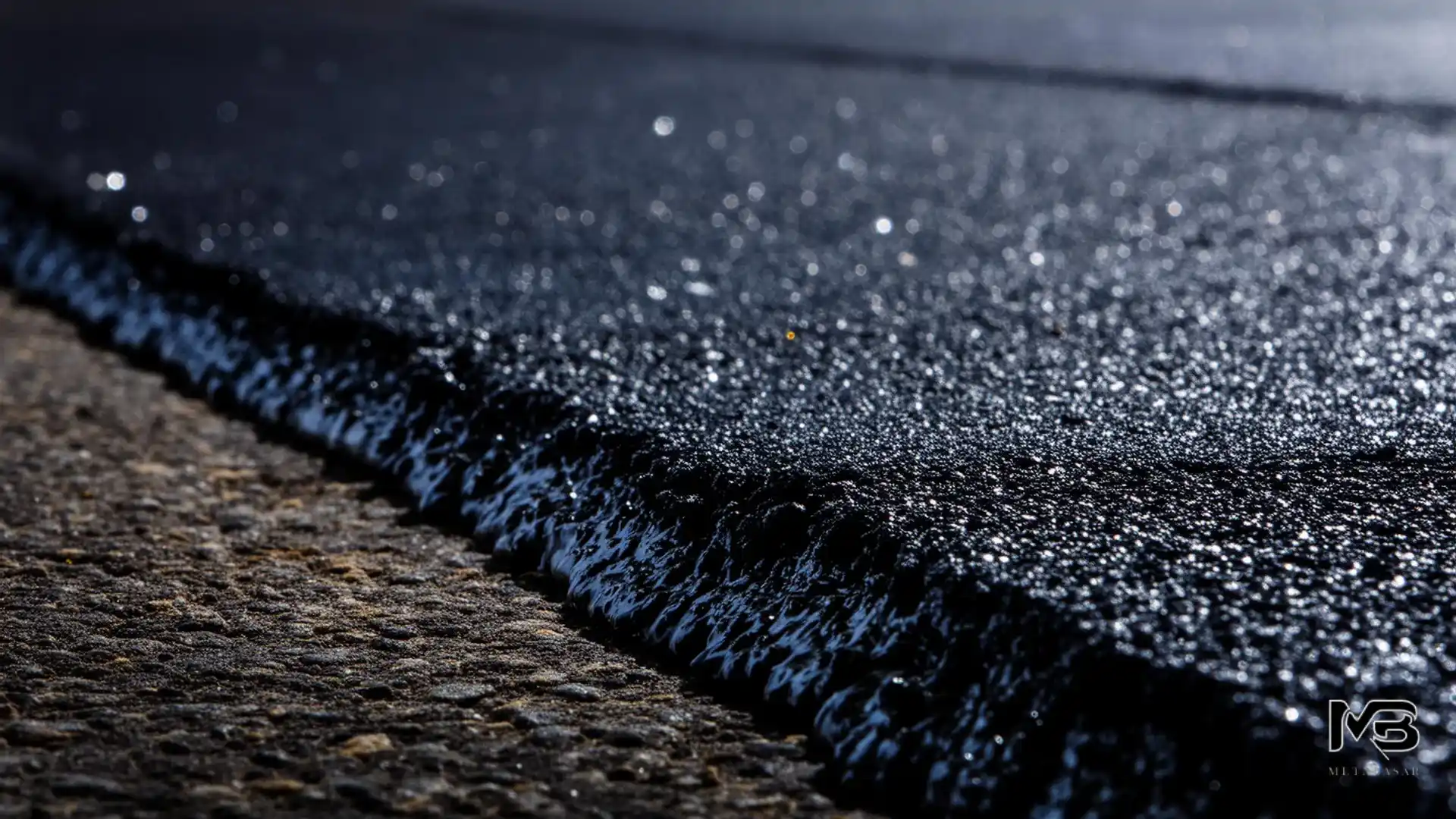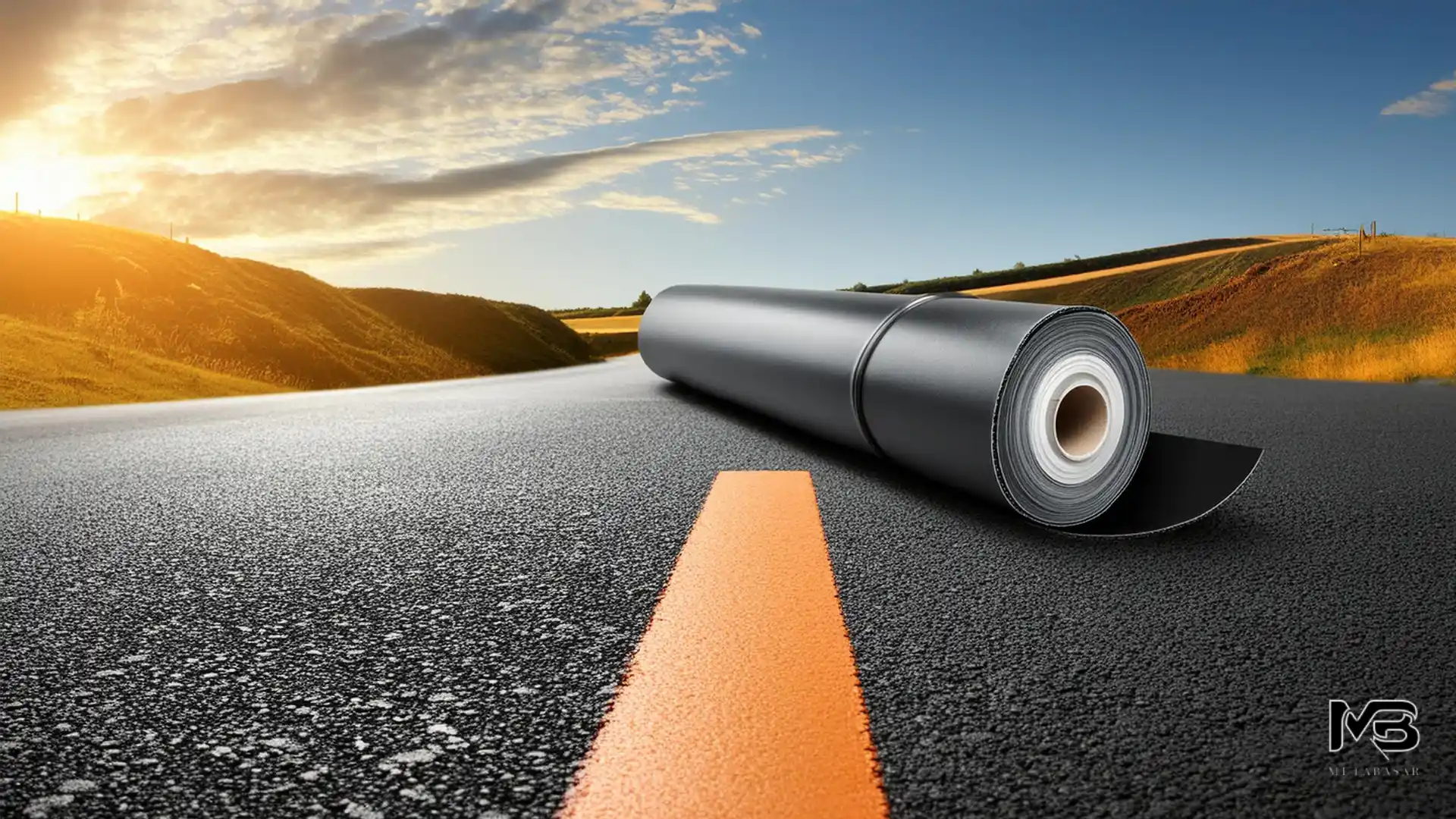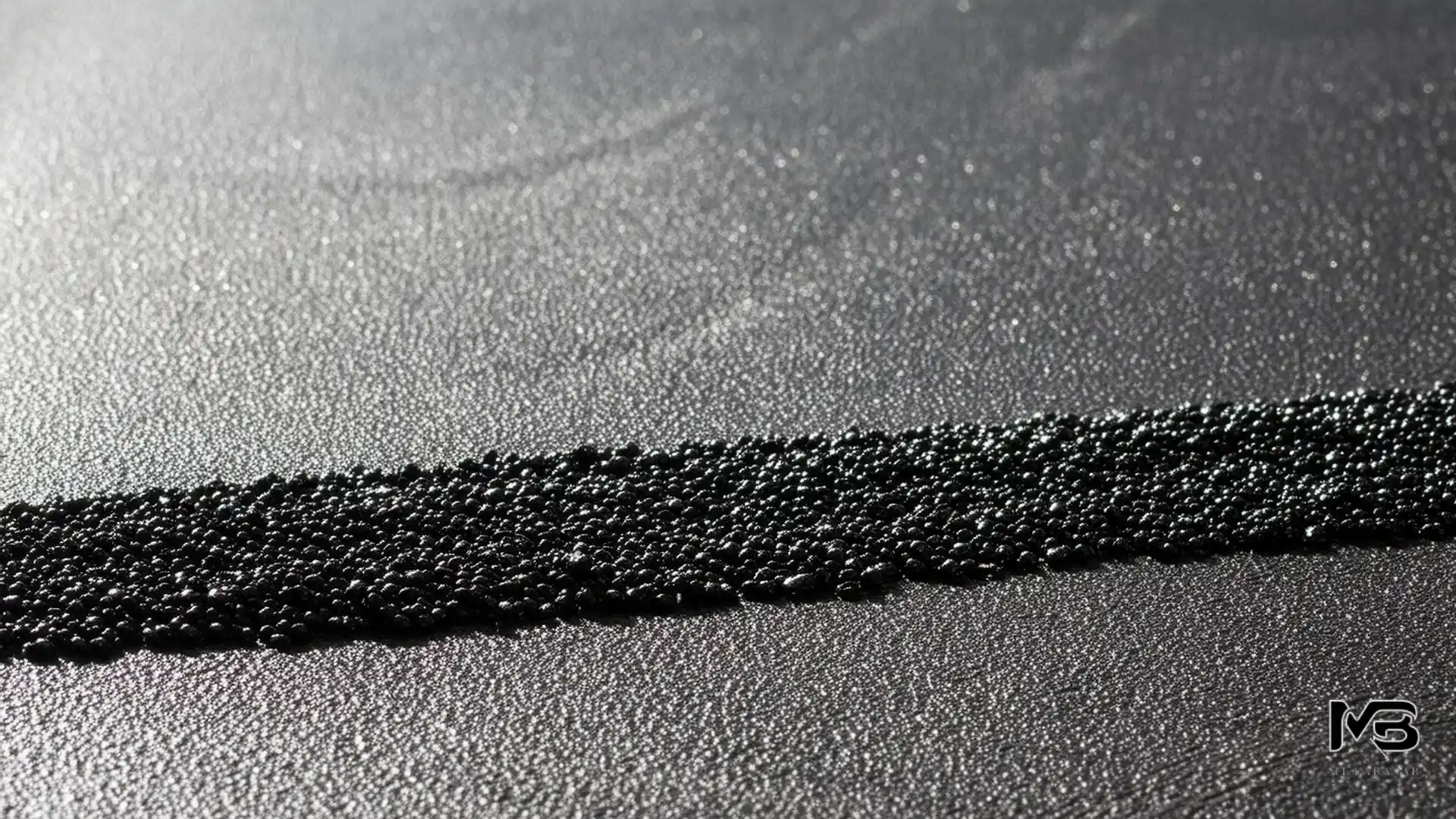Table of Content
- 1 Key Highlights Protective Asphalt
- 2 Introduction Protective Asphalt
- 3 Understanding Protective Asphalt Basics
- 4 The Science Behind Sealcoating
- 5 Preparing Your Asphalt for Sealcoating
- 6 Application Techniques for Optimal Protection
- 7 Maintenance After Sealcoating
- 8 Conclusion Protective Asphalt
- 9 Frequently Asked Questions Protective Asphalt
Key Highlights Protective Asphalt
- Asphalt sealcoating is crucial for safeguarding your pavement from harmful elements.
- This protective layer shields against UV damage, water intrusion, and oil stains.
- Regular sealcoating extends the lifespan of your asphalt, saving you money on repairs.
- Proper preparation and application techniques are crucial for optimal protection.
- Routine inspections and timely maintenance ensure the longevity of your sealcoated asphalt.
Introduction Protective Asphalt
Asphalt pavement is essential for our roads and parking lots. It needs a protective layer to last over time and resist damage from weather. Sealcoating is important here. It helps protect pavement from breaking down and makes asphalt surfaces last longer. This guide will explain sealcoating in detail. It will help you understand how to take care of your asphalt pavement.

Understanding Protective Asphalt Basics
Asphalt is strong, but it can break down when faced with bad weather, UV rays, and heavy traffic. Over time, these things can harm the surface, causing cracks, fading, and raveling. This is where a protective layer, called sealcoating, is helpful.
Sealcoating works like a shield for your existing asphalt. It stops harmful UV rays from drying out the asphalt binder, which leads to cracks. This protective layer also reduces the damage from water, oil stains, and chemicals. These factors can harm the strength of your pavement.
The Importance of Protecting Your Asphalt
Protecting the asphalt is not just about making it look good. It is also an investment that saves you money over time. When you take care of your pavement, you can make the life of your asphalt much longer. This means you avoid expensive repairs or replacements.
UV rays from the sun can really harm asphalt. They make the asphalt binder break down, which can lead to cracks. A good sealcoating product works like sunscreen for your pavement. It blocks those harmful UV rays and keeps the binder strong.
Sealcoating also protects against water damage. When water gets into cracks, it can freeze and expand. This makes the cracks wider and can even create potholes. Potholes are dangerous and cost a lot to fix. By keeping water away, sealcoating helps your asphalt stay in good shape and less damaged over time.
Key Elements of Asphalt Degradation
Asphalt degradation is a slow process that often starts small but can get worse quickly if not taken care of. To stop this problem and keep the pavement in good shape, it is important to understand what causes the damage.
Oil stains are often ignored, but they can be a big threat to asphalt. The oil contains materials that break down the asphalt binder. This softens the pavement and makes it easier to harm from traffic.
Ultraviolet rays speed up this process. They help the asphalt binder oxidize. When this happens, the asphalt becomes weak and brittle, leading to cracks. Water damage compounds this issue, as water causes the asphalt to expand and contract during freezing and thawing. Together, these factors lead to serious asphalt deterioration.

The Science Behind Sealcoating
Sealcoating is more than just making asphalt look good. It is based on science and helps deal with the weak points of asphalt roads. This method works in both chemical and physical ways to keep your asphalt surfaces safe and to make them last longer.
Sealcoating means putting a special liquid on your asphalt. This liquid usually contains asphalt emulsion, polymers, and mineral fillers. It seeps into the surface, renews the old binder, and fills small cracks. This creates a strong barrier that protects against further damage and helps stop deterioration.
How Sealcoating Works to Protect Pavement
Asphalt sealcoating is an effective way to protect your pavement. When done right, it creates a thin layer that shields the asphalt from bad weather. This strong top layer absorbs damage, protecting the asphalt underneath.
You can think of it like putting on a waterproof jacket for your driveway or parking lot. The sealcoating stops water from getting through. This keeps the base layers safe from erosion and weakness. In colder places, this protective coating helps avoid frost heave, which can cause cracks and potholes.
Additionally, sealcoating can resist oil and chemical stains. While it’s not completely thick, the protective layer gives you more time to clean spills. This is extra helpful where cars frequently drive.
The Benefits of Applying Sealcoat Regularly
Regular sealcoating is important for keeping pavement in good shape. It helps extend the life of your asphalt and prevents expensive repairs in the future. This way, property owners can have strong and nice-looking pavement for many years.
Applying sealcoat every few years is necessary. How often you do this depends on traffic and weather. The sealcoat acts as a guard against the harsh elements like UV rays, water, and oil. This keeps the asphalt binder safe, slows down damage, and prevents cracks and chips.
Although a slurry seal is a stronger option for resurfacing, sealcoating is still a cost-effective choice for well-kept pavements. It refreshes the dark color, makes your property look better, and helps your asphalt last longer.

Preparing Your Asphalt for Sealcoating
Before starting the sealcoating, it is very important to prepare the asphalt surface properly. This step helps make sure the sealcoat sticks well and looks great. You should clean the asphalt and fix any damage first.
Start by taking away all dirt, debris, and weeds from the pavement. Power washing works really well for this task and can remove tough dirt and grime. After cleaning, check the asphalt for cracks, potholes, or other issues. You need to repair these problems before sealcoating. This way, you will have a smooth and level surface.
Steps to Take Before Sealcoating Application
Preparing the asphalt surface correctly is very important for a successful sealcoating project. This requires several steps to make sure the sealcoat sticks well and lasts a long time.
First, you need to clean the asphalt surface thoroughly. This means getting rid of dirt, debris, oil stains, and plants. You can do this by sweeping, blowing, and power washing. A clean surface will help the sealcoating bond properly.
Second, fix any damage like cracks, potholes, or low spots. For small cracks, you can use crack filler to seal them up. Bigger areas might need asphalt patching to make the surface even.
Finally, make sure to let any repairs or cleaners dry completely before you start sealcoating. By following these steps, you will create a smooth surface that will help the sealcoating last longer and work better.
Identifying the Right Time for Sealcoating
Choosing the right time for sealcoating is very important. This helps to get the best results and creates a strong finish. You need to know how temperature changes and weather can affect the process.
Stay away from sealcoating when the weather is too hot or cold, or when there are storms. It’s best to do this in mild weather with little wind. Warmer temperatures help the sealcoating dry and cure properly.
Also, do not sealcoat in winter or when it may frost. Cold temperatures can mess up the curing, which may cause the sealcoating to fail too soon. Check local weather forecasts. Picking a good time ensures the protective layer sticks well and lasts longer.
Application Techniques for Optimal Protection
The life and success of asphalt sealcoating depend on more than just the quality of materials. They also rely on how well the application techniques are done. These techniques help create an even coverage and a strong protective layer.
To apply sealcoating, you usually need special tools like spray systems or squeegees. These tools help spread the sealcoat evenly. This way, it forms a uniform thickness over the whole asphalt surface. It’s important to follow the manufacturer’s guidelines on how much sealcoat to use. This ensures you get the level of protection you want.

Best Practices in Sealcoating for Longevity
Achieving a smooth finish and a strong sealcoat needs following the best practices. These practices help to offer the best protection and long-lasting results. They involve several parts, like choosing the right materials and how to apply them.
Choosing high-quality sealcoating products is very important for lasting performance. Pick trusted brands that are known for being durable, resistant to UV rays, and capable of handling harsh weather conditions. Spending money on good sealcoating products will lower the need for maintenance and make your pavement last longer.
When applying the sealcoat, keeping a steady and correct thickness is important. If the sealcoat is too thin, it won’t work well. On the other hand, a layer that is too thick can crack and peel. Make sure to follow the manufacturer’s advice on how much to apply.
Common Mistakes to Avoid During Application
While sealcoating has many benefits, doing it wrong can hurt its effectiveness. This can result in bumpy surfaces, quick wear, and wasted money. Here are some common mistakes to avoid when sealcoating:
- One mistake is not preparing the surface correctly. You should apply sealcoating on a clean, dry surface. It should be free of debris, oil stains, and loose asphalt. If you don’t fix these issues, the sealcoat may not stick well, leading to an uneven finish.
- Another common error is using products that don’t work well together. Sealcoating products can be different. Some have acrylic, while others use emulsion or a mix of things. Mixing different brands or types can cause problems, making the protective layer weaker.
- Lastly, if you apply the sealcoating unevenly, it can look blotchy and protect inconsistently. Use the right tools, like spray systems or squeegees, to get an even coat. When using a squeegee, keep the same angle and pressure to avoid streaks and thin spots.
Maintenance After Sealcoating
After you spend time and money sealcoating your asphalt, it is very important to keep it well-maintained. This will help it last longer and look nice. Regular care makes sure that the protective layer stays strong and your pavement looks good.
Once you apply the sealcoat, give it enough drying time, usually about 24 to 48 hours, before letting any cars drive on it. Try not to turn vehicle wheels on the new sealcoat. This could leave marks that ruin the finish. Also, make sure to clean up dirt, debris, and leaves often. If debris builds up, it can trap moisture and lead to quick deterioration of your sealcoat.
How to Extend the Life of Your Sealcoated Asphalt
Extending the life of your asphalt pavement requires a careful plan. It is more than just sealing it initially. You can make your asphalt last longer by following these maintenance tips. These will help keep your surface durable and looking good:
- Regular cleaning is very important. Make sure to sweep or blow away dirt, leaves, and debris often. These items can hold moisture. Moisture can help moss or weeds grow, which may crack and damage your sealcoating.
- Handle any spills or stains right away. Fluids like oil, gasoline, or antifreeze can harm the asphalt and ruin the sealcoating. Clean up spills with the right cleaning agents and rinse them well.
- Schedule regular inspections of your pavement. Check for small problems before they become big issues. Look for cracks, potholes, or wear on the sealcoating. Fixing these problems quickly through repairs or resealing can prevent further damage and help extend the lifespan of your asphalt.
Routine Inspection and Maintenance Tips
Regular checks and quick repairs are very important to making your pavement last longer, just like any big investment. If you spot and fix small problems early, you can avoid expensive repairs and make your sealcoated surface last longer.
Start by looking at your asphalt pavement at least twice a year, best in spring and fall. Focus on spots that see a lot of traffic or where water seems to gather. Watch for cracks, potholes, dips, or faded areas that can show sealcoating wear.
Also, keep an eye on how water flows around your pavement. Good drainage is key to keeping water from pooling or getting into the base, which can lead to further damage. Clean your gutters, downspouts, and drains regularly to help water run off. Lastly, while sealcoating offers protection, reducing its exposure to tough weather can make it last even longer.

Conclusion Protective Asphalt
In conclusion, it is important to see how protective asphalt measures can help your pavement last longer. Using sealcoating protects against wear and tear. It also makes your asphalt look better and helps it live longer.
Proper techniques for applying sealcoating and taking care of it afterward will give the best protection. Regular checks and maintenance are important to keep your sealcoated asphalt in good shape. By following good practices and avoiding common mistakes, you can keep your asphalt safe and lower the need for major repairs. Take care of your pavement with regular attention.
Frequently Asked Questions Protective Asphalt
How Often Should I Sealcoat My Driveway in Germany?
In Germany, the weather can change a lot. Experts suggest that you should sealcoat your driveway every 2 to 3 years. The tough winters can damage the pavement. Sealcoating works well as a protective layer. If your driveway is new or looks good, doing it every 3 years should be fine.
Can Sealcoating Repair Existing Cracks and Damages?
Sealcoating is a protective coating. It is not a way to repair damage. It can fill small cracks, but major problems need asphalt repair. Before sealcoating, fix cracks, potholes, and depressions using crack filler or asphalt patching. This will help create a smooth and well-protected surface.
Is DIY Sealcoating Advisable or Should I Hire Professionals?
It is possible to do sealcoating yourself, but hiring a qualified contractor is a better choice. A professional knows what to do and has the right tools to make sure it looks good and lasts long. This is very important for big projects or tricky surfaces.
How Long Does Sealcoating Last Under German Weather Conditions?
In Germany, sealcoating usually lasts about 2-3 years due to the weather conditions. The winter months, with freeze-thaw cycles and de-icing salts, can shorten the lifespan of the sealcoating. To keep your pavement protected and last longer, regular inspections and timely resealing are important.

